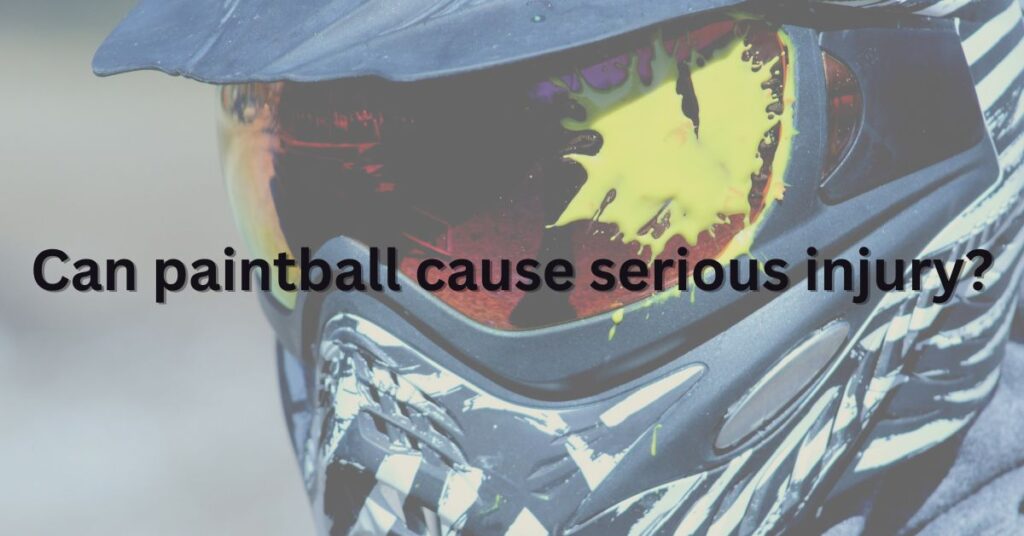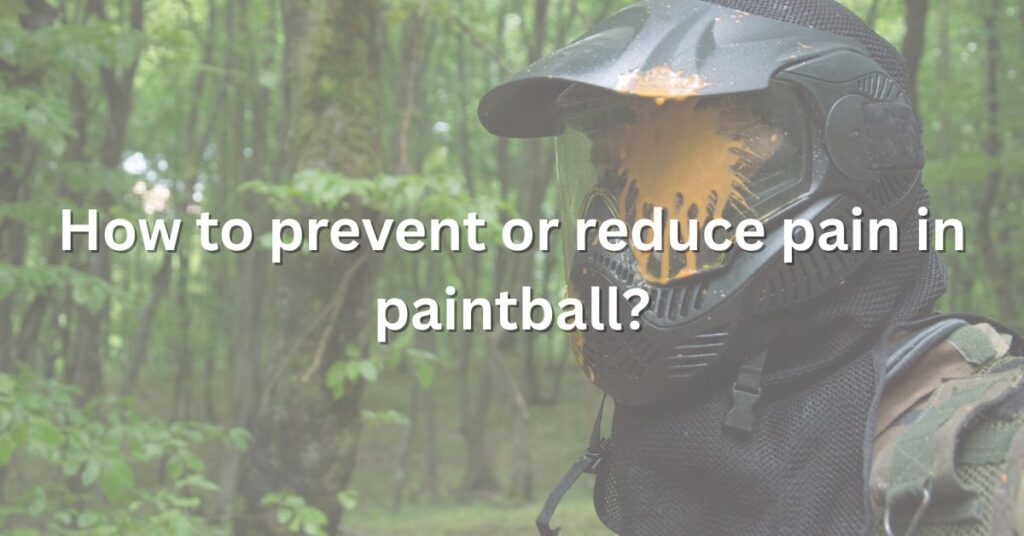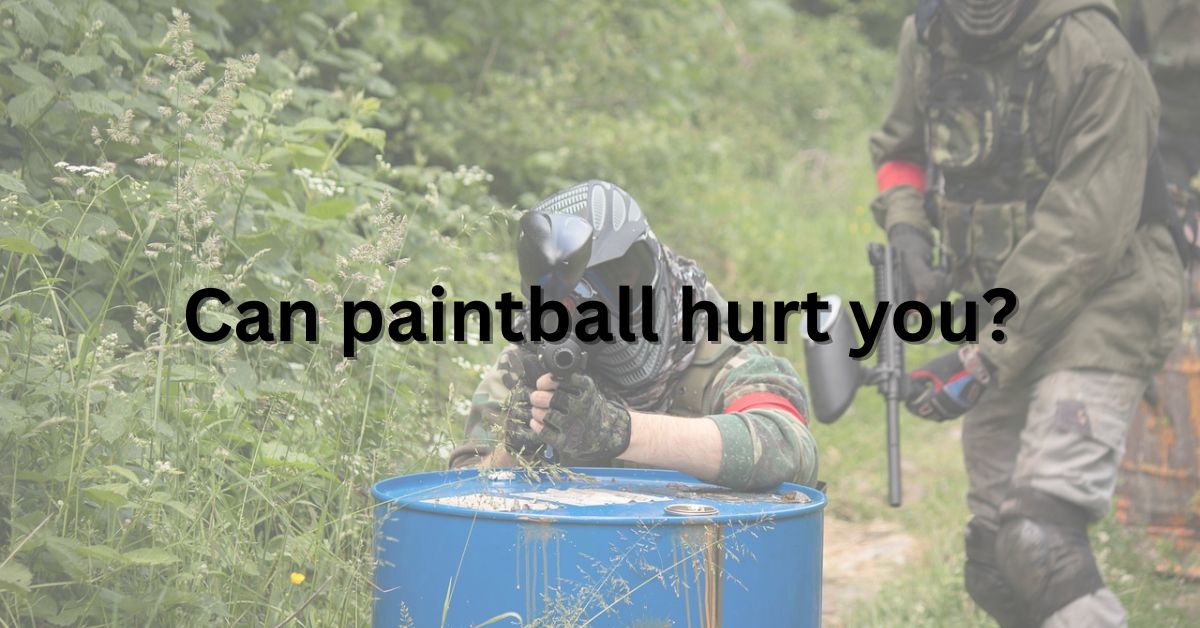Paintball is a thrilling, fast-paced sport enjoyed by millions around the world. But if you’re new to it—or considering playing for the first time—you might be wondering:
Can paintball hurt you?
The short answer is yes, it can—but usually not badly.
This post will explore how much paintball hurts, what factors affect pain levels, and how to protect yourself while enjoying the adrenaline rush.
How do paintball guns work?
To understand why paintball might hurt, let’s look at how paintball guns (or “markers”) function:
- Compressed air or CO₂ propels the paintball
- Most paintballs travel at speeds of 260–300 feet per second (fps)
- The paintball is a gelatin shell filled with water-soluble paint
- Upon impact, it’s designed to break and splatter paint, not to penetrate skin
That said, even a soft projectile moving at high speeds can pack a punch.
How much does paintball hurt?
Pain in paintball varies, but here’s a general guide:
- Mild to moderate sting on impact
- Often compared to a snap of a rubber band or a light pinch
- Some hits leave a bruise or welt, especially on bare skin
- The pain usually fades quickly—most players don’t notice once adrenaline kicks in
Pain factors include:
- Distance of the shot — Closer = more painful
- Area of the body hit — Hands, neck, and inner thighs hurt more
- Layer of clothing — Thick layers reduce the impact
- Marker speed settings — Higher velocity = harder hit
- Individual pain tolerance
Common pain points: Where it hurts most
Hands and Fingers
Even with gloves, fingers are sensitive. Many players feel this area the most.
Neck and Ears
These areas have little padding and can sting sharply. A neck guard helps.
Inner Thighs and Ribs
Soft tissue areas with less fat or muscle may bruise more easily.
Head and Face
That’s why masks are mandatory. A shot to the face without protection could cause serious injury.
Can paintball cause serious injury?
While the pain is minor, injuries are possible, especially without proper precautions.

Common Minor Injuries
- Bruises and welts
- Muscle soreness
- Small skin abrasions
- Twisted ankles or knees from rough terrain
Rare but Serious Injuries
- Eye injuries (only when not wearing a mask)
- Ear or temple trauma from close-range shots
- Joint sprains from diving or falls
- Respiratory issues if hit in the throat or chest
Pro Tip: Always play with safety referees and proper gear at regulated fields.
How to prevent or reduce pain in paintball?
Paintball pain is manageable—and avoidable with the right strategy.

1. Wear the Right Gear
- Full face mask (mandatory)
- Padded clothing or layers
- Gloves, knee pads, and neck protectors
- Athletic shoes or boots with a grip
2. Follow Field Rules
- Shooting from safe distances
- Avoiding head or groin shots
- Obeying velocity limits (usually capped at 280 fps)
3. Choose the Right Game Level
- New players should start in beginner games
- Many fields offer low-impact paintball with smaller .50 caliber paintballs
4. Communicate and Respect Boundaries
- If a player is out, stop firing
- Don’t overshoot or aim for vulnerable areas
Psychological side of paintball pain
Interestingly, the anticipation of pain is often worse than reality.
Here’s why:
- Adrenaline dulls pain during games
- The fun and intensity distract from the discomfort
- Many players laugh off hits after the game
- The pain becomes part of the “badge of honor competitive players
Most players say:
“It stings for a second, then you’re back in the game.”
Conclusion: Does paintball hurt?
Yes—paintball can hurt, but it’s usually mild and temporary.
For most people, the excitement and strategy of the game far outweigh the occasional sting.

